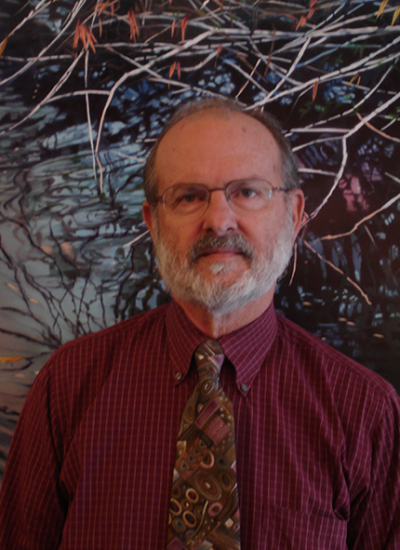Hector, R. F., Rutherford, G. W., Tsang, C. A., Erhart, L. M., McCotter, O., Anderson, S. M., Komatsu, K., Tabnak, F., Vugia, D. J., Yang, Y., & Galgiani, J. N. (2011). The public health impact of coccidioidomycosis in Arizona and California. International journal of environmental research and public health, 8(4), 1150-73.
The numbers of reported cases of coccidioidomycosis in Arizona and California have risen dramatically over the past decade, with a 97.8% and 91.1% increase in incidence rates from 2001 to 2006 in the two states, respectively. Of those cases with reported race/ethnicity information, Black/African Americans in Arizona and Hispanics and African/Americans in California experienced a disproportionately higher frequency of disease compared to other racial/ethnic groups. Lack of early diagnosis continues to be a problem, particularly in suspect community-acquired pneumonia, underscoring the need for more rapid and sensitive tests. Similarly, the inability of currently available therapeutics to reduce the duration and morbidity of this disease underscores the need for improved therapeutics and a preventive vaccine.
PFALLER, M. A., RINALDI, M. G., GALGIANI, J. N., BARTLETT, M. S., BODY, B. A., ESPINELINGROFF, A., FROMTLING, R. A., HALL, G. S., HUGHES, C. E., ODDS, F. C., & SUGAR, A. M. (1990). COLLABORATIVE INVESTIGATION OF VARIABLES IN SUSCEPTIBILITY TESTING OF YEASTS. ANTIMICROBIAL AGENTS AND CHEMOTHERAPY, 34(9), 1648-1654.
ROGERS, T. E., & GALGIANI, J. N. (1986). ACTIVITY OF FLUCONAZOLE (UK-49,858) AND KETOCONAZOLE AGAINST CANDIDA-ALBICANS INVITRO AND INVIVO. ANTIMICROBIAL AGENTS AND CHEMOTHERAPY, 30(3), 418-422.
Donovan, F., Malo, J., Zangeneh, T. T., & Galgiani, J. N. (2017). Top Questions in Diagnosis and Treatment of Coccidioidomycosis. Open Forum Infectious Diseases.
DEFELICE, R., JOHNSON, D. G., & GALGIANI, J. N. (1981). GYNECOMASTIA WITH KETOCONAZOLE. ANTIMICROBIAL AGENTS AND CHEMOTHERAPY, 19(6), 1073-1074.


